Remembering Hiroshima: animated stories about the atomic bomb | historias animadas sobre la bomba atómica [ENG | ESP]
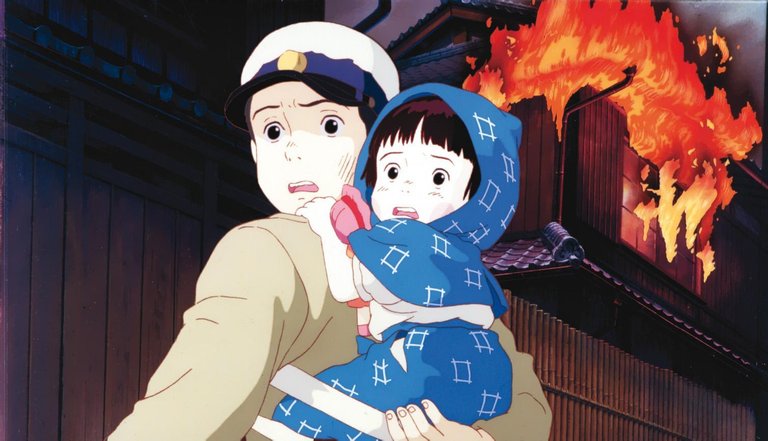
August 6th, 1945, and August 9th of the same year are two dates that have been etched in the most infamous side of history. The final blow that ended World War II, with Nazism already defeated, was not just one but two atomic bombs dropped by the United States on the cities of Hiroshima and Nagasaki in Japan, killing hundreds of thousands of people directly and indirectly. We've all probably seen Oppenheimer, but what about the other side of the story? There are many cinematic references on the subject, but since there were two bombs, I'll write two posts: one on animated films and another on live-action films, as a call to reflect on this episode from the last century.
El 6 de Agosto de 1945 y el 9 de Agosto del mismo año son dos fechas que han quedado grabadas en el lado más infame de la historia. El golpe de gracia que acabó con la Segunda Guerra Mundial, ya derrotado el nazismo, fue no sólo una sino dos bombas atómicas lanzadas por los EEUU sobre las ciudades de Hiroshima y Nagasaki en Japón acabando con la vida de cientos de miles de personas de forma directa e indirecta. Seguramente todos vimos Oppenheimer, pero ¿y el otro lado de la historia? Hay muchas referencias cinematográficas sobre el tema, pero como fueron dos bombas yo haré dos posts, uno sobre películas animadas y otro sobre cine de live action, como un llamado a reflexionar sobre este episodio del siglo pasado.
Hotaru no Haka (1988)
When talking about animated films about World War II, the first film that comes to mind is this one. In 1988, Studio Ghibli, then an emerging force that had enchanted audiences with The Castle in the Air, released two films about childhood in difficult times: My Neighbor Totoro, directed by Hayao Miyazaki, and the immortal The Grave of the Fireflies, directed by his partner Isao Takahata. Based on the story by Akiyuki Nosaka, the film tells the story of Seita and Setsuko, siblings, children of a Japanese officer, who live in the city of Kobe. One day, during an enemy bombing raid, they fail to reach the shelter where their mother is waiting for them in time, and thus begins the children's wanderings in a city devastated by war and the adventures Seita must go through to survive and protect his little sister in the absence of their parents. Strictly speaking, this film doesn't touch on the atomic bomb nor is it set in Hiroshima. The chaos is the result of normal bombs dropped on the city of Kobe. However, it serves as a prelude to the fateful dates of August, and the lack of the impact of a nuclear holocaust doesn't make the film any less painful. Renowned for its fantastical worlds and adventure stories, this is one of Studio Ghibli's most serious films and undoubtedly one of its saddest. The adaptation of the book to film was very well done, it keeps the tone of the original and although it's a story filled with great pain, there are also moments of tenderness that heighten the impact of its outcome. A must-see film, without a doubt.
Al hablar de cine animado sobre la Segunda Guerra Mundial, la primera película que nos llega a la mente es esta. En 1988 Estudios Ghibli, por entonces una fuerza emergente que venía de encantar al público con El Castillo en el Aire, lanzó dos películas sobre la infancia en tiempos difíciles: Mi vecino Totoro a cargo de Hayao Miyazaki y la inmortal La tumba de las luciérnagas a cargo de su socio Isao Takahata. Basándose en el relato de Akiyuki Nosaka, el film cuenta la historia de Seita y Setsuko, son hermanos, hijos de un oficial japonés, que viven en la ciudad de Kobe. Un día, durante un bombardeo enemigo, no consiguen llegar a tiempo al refugio en donde los espera su madre y comienza así el deambular de los niños en una ciudad devastada por la guerra y las peripecias que debe hacer Seita para sobrevivir y para proteger a su hermanita ante la ausencia de sus padres. Estrictamente hablando, en esta película no se toca el tema de la bomba atómica ni se ambienta en Hiroshima, el caos es producto de bombas normales lanzadas sobre la ciudad de Kobe, pero sirve como antesala a las fatídicas fechas de Agosto y no por carecer del impacto de un holocausto nuclear la película es menos dolorosa. Reconocido por sus mundos fantásticos y sus historias de aventuras, esta es una de las películas más serias de Estudios Ghibli y sin duda una de las más tristes. La adaptación del libro a la película estuvo muy bien lograda porque mantiene el tono de la obra original y aunque resulta una historia llena de mucho dolor, también hay momentos de ternura que agudizan el impacto de su desenlace. Película imperdible, sin duda alguna.
Pica-don (1978)
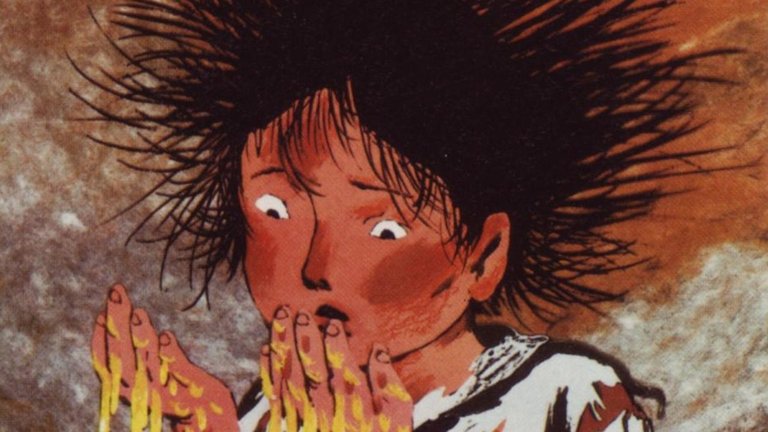
The power of briefness. Pica-don isn't a feature film, but a short film. Seven minutes. That's enough. Because the images begin by showing the daily routine of several people in an ordinary Japanese city, there's a cheerful, serene, everyday tone that doesn't seem tied to the war. And then, there's a recreation of the dropping of the atomic bombs on Hiroshima and Nagasaki, and the film, despite being animated, becomes a horror story. I don't want to, nor can I, describe the scenes, which are no less shocking for being brief. I've barely seen a trailer for the short film, and I'm going to see it on a big screen tomorrow at an event commemorating August 6th, but I can anticipate the emotional impact of certain scenes judging by what little is available on the internet, including this frame I shared with you. Barely seven minutes. But with a more lasting impact, no doubt.
El poder de la brevedad. Pica-don no es una película, sino un cortometraje. Siete minutos. Con eso basta. Porque las imágenes comienzan mostrando la rutina diaria de varias personas en una ciudad japonesa cualquiera, hay un tono alegre, sereno, de cotidianidad que no pareciera estar ligado a la guerra. Y entonces, hay una recreación del lanzamiento de las bombas atómicas sobre Hiroshima y Nagasaki y la cinta, a pesar de ser animada, se convierte en una historia de terror. No quiero ni puedo describir las escenas que no por breves son menos impactantes. Apenas he visto un trailer sobre el corto e iré a verlo en pantalla gigante mañana en una actividad conmemorativa del 06 de Agosto, pero puedo anticipar el impacto emocional de ciertas escenas a juzgar por lo poco que se consigue en internet, incluido este fotograma que les compartí. Siete minutos apenas. Pero con un impacto más duradero sin duda.
Hadashi no Gen (1983)
You may not have seen this movie, but you've definitely heard of it. Hadashi no Gen (Barefoot Gen) is directed by Mori Masaki, based on the autobiographical manga by Keiji Nakazawa. Yes, this man was born and lived in Hiroshima and was there when the American military dropped the atomic bomb on the city. Like Gen, the child protagonist, Keiji also lost his family in that incident and had to survive among the rubble and confusion after the nuclear incident. The story begins on August 4th, two days before the bomb, and ends days later in the midst of chaos, but there are two impressive things about this story. The first is the crudeness of the animations during the dropping of the bomb. Can you imagine what happens to a human body when it's within the impact radius of a bomb of such power? Barefoot Gen recreates these scenes in animated form with a crudeness that has earned it controversy and censorship, but which reinforces the film's anti-war message which - and this is the second thing that draws attention - includes great anti-war lines like the one where Gen's father tells him, "Sometimes it's braver not to fight than to fight, not to want to kill when everything around you is crying out for blood. That's true courage." Witnessing that cataclysm and maintaining faith in humanity is, no doubt, a great lesson.
Tal vez no hayan visto esta película, pero sin duda han oído sobre ella. Hadashi no Gen (Barefoot Gen) traducida al español como Ben el descalzo o como Hiroshima en algunos países está dirigida por Mori Masaki y se basa en el manga autobiográfico de Keiji Nakazawa. Sí, este hombre nació y vivió en Hiroshima y estuvo allí cuando el ejército norteamericano lanzó la bomba atómica sobre la ciudad. Al igual que Gen, el niño protagonista, Keiji también perdió su familia en ese incidente y debió sobrevivir entre los escombros y la confusión posteriores al incidente nuclear. La historia comienza el 04 de Agosto, dos días antes de la bomba, y culmina días después en medio del caos, pero hay dos cosas impresionantes sobre esta historia. La primera es lo crudo de las animaciones durante el lanzamiento de la bomba, ¿pueden imaginar lo que le ocurre a un cuerpo humano cuando está en el radio de impacto de una bomba de tal poderío? Barefoot Gen recrea estas escenas de forma animada con una crudeza que le valió polémica y censura, pero que refuerza el mensaje antibélico de la cinta que - y eso es lo segundo que llama la atención - incluye grandes frases en contra de la guerra como esa en la que el padre de Gen le dice "A veces es más valiente no luchar que luchar, no querer matar cuando todo alrededor reclama sangre. Ese es el verdadero valor". Presenciar ese cataclismo y mantener la fe en la humanidad es una gran lección.
Kono Sekai no Katasumi ni (2016)
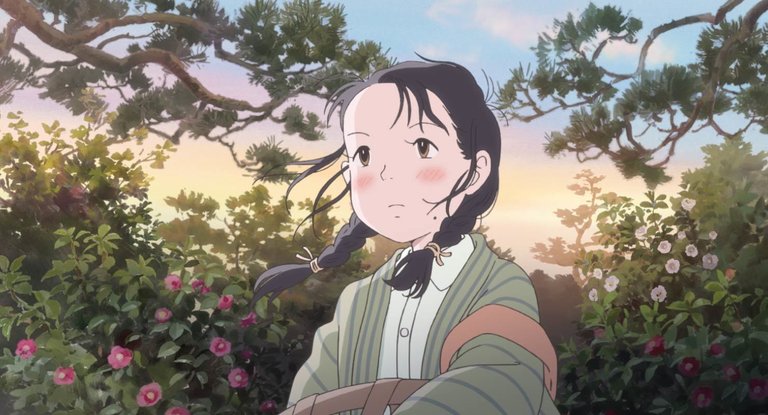
I knew nothing about this story until I started preparing this post, and although I haven't seen it, I've read some reviews and seen the trailer, and it certainly seems to be a tremendous story and a very emotional film. Translated as In This Corner of the World, this film is written and directed by Sunao Katabuchi based on the manga by Fumiyo Kono, which tells the story of Suzu, whose personal drama is as dramatic as, or more so than, the war itself in which it is set.
De esta historia no sabía nada hasta que comencé a preparar este post y aunque no la he visto, he podido leer algunas reseñas y ver el trailer y sin duda que parece ser una historia tremenda y una película muy emotiva. Conocida en español como En este rincón del mundo, esta cinta está escrita y dirigida por Sunao Katabuchi a partir del manga de Fumiyo Kono que cuenta la historia de Suzu, cuyo drama personal es tanto o más dramático que la propia guerra en la que se ambienta.
Married to a naval officer, Suzu leaves her native Hiroshima and goes to Kure, but the war reaches her there, and just when she wants to return home—due to a lot of things she feels and thinks—the devastating attack occurs. Did her family survive? Can she return home? Does her home still exist? It's a very emotional story with a strong, determined protagonist, but also sensitive and battered by life. I feel like I need to see this film very, very soon. And as a bonus, I remembered another animated film, an English one (albeit with a Japanese director), that touches on the subject of nuclear holocaust from a much more critical perspective because it presents the perspective of an elderly, very patriotic couple facing a possible nuclear war. In When the Wind Blows, the elderly trust their government and the information it disseminates and follow all the official recommendations, but will it be enough? Will it be enough to save themselves? It's a film that moves between intelligent humor and melancholy, with a critical and necessary message. I can't remember if there are any other animated stories specifically related to Hiroshima and Nagasaki, but if any of you know of any, please leave the title in a comment so I can check it out. And you, have you seen any of these films? Which ones you'd like to see that you haven't seen before? I'll read you in the comments.
Casada con un oficial de la marina, Suzu abandona su Hiroshima natal y se va a Kure, pero la guerra la alcanza allá y justo cuando quiere volver a casa - por un montón de cosas que siente y piensa - ocurre el devastador ataque, ¿sobrevivió su familia? ¿puede volver a casa? ¿aún existe su hogar? Se trata de una historia muy emotiva con una protagonista fuerte, determinada, pero también sensible y golpeada con la vida. Siento que necesito ver esta película muy, pero que muy pronto. Y ya como extra, recordé otra cinta animada, inglesa (aunque con director japonés), que toca el tema del holocausto nuclear desde una perspectiva bastante más crítica porque plantea la perspectiva de una pareja de ancianos, muy patriotas, ante una posible guerra nuclear. En When the Wind Blows, los ancianos confían en su gobierno y en la información difundida por este y siguen todas las recomendaciones oficiales, pero ¿les bastará? ¿será suficiente para salvarse? Es una cinta que se mueve entre el humor inteligente y la melancolía, con un mensaje crítico y necesario. No logro recordar si existen otras historias animadas relacionadas específicamente con Hiroshima y Nagasaki, pero si alguno de ustedes conoce alguna, por favor déjeme el título en un comentario para revisarla. Y ustedes, ¿han visto alguna de estas películas? ¿cuál les gustaría ver de las que no conocían? Los leo en los comentarios.
Reviewed by | Reseñado por @cristiancaicedo
Other posts that may interest you | Otros posts que pueden interesarte:
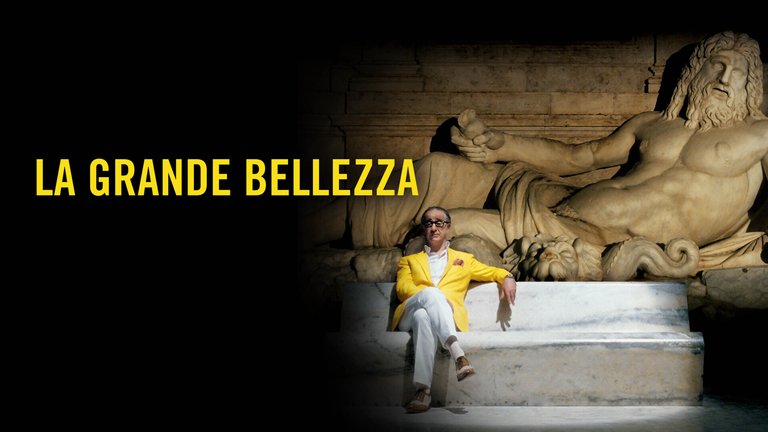 |
|---|

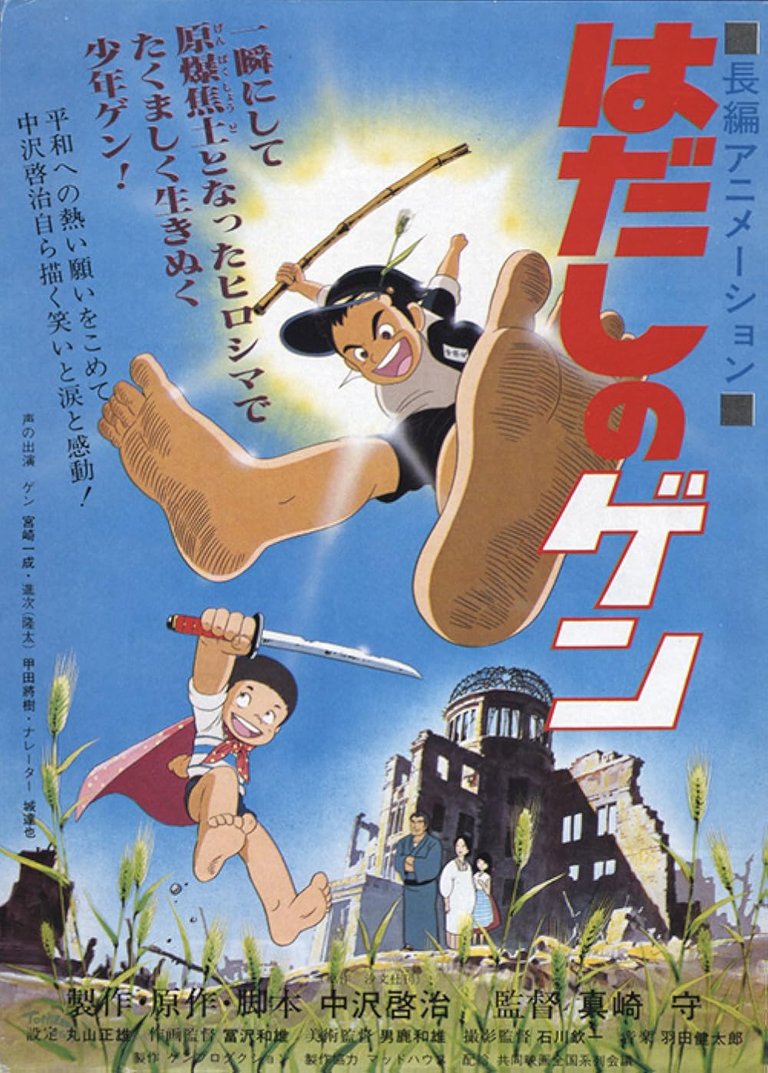
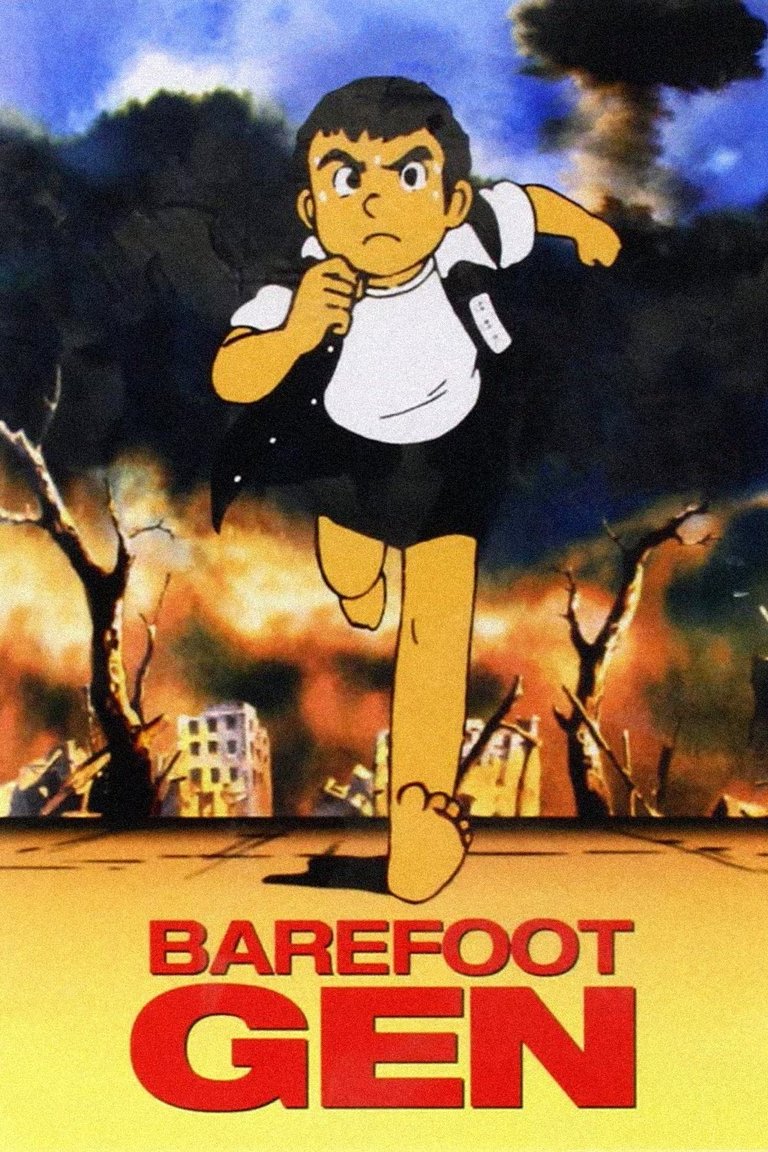
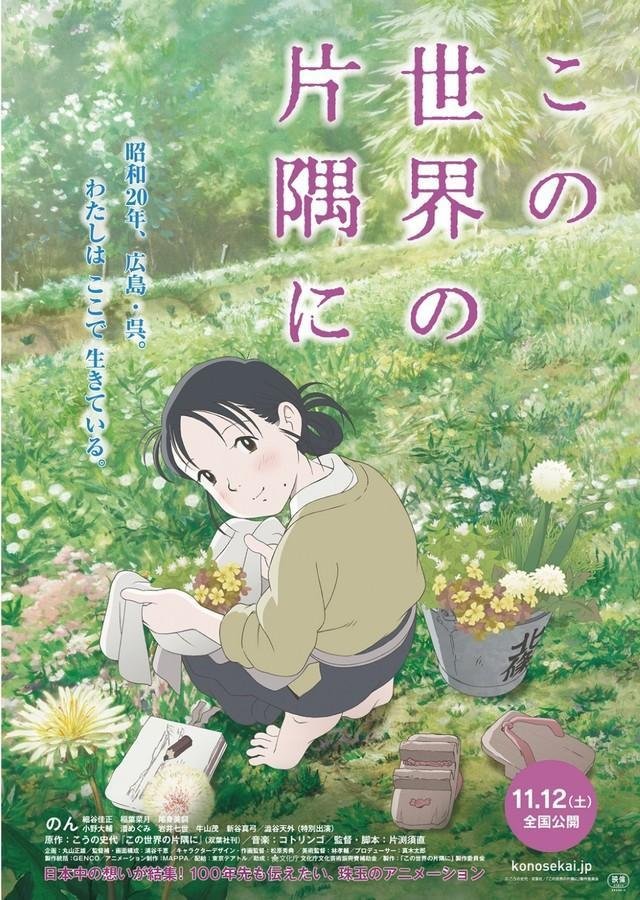
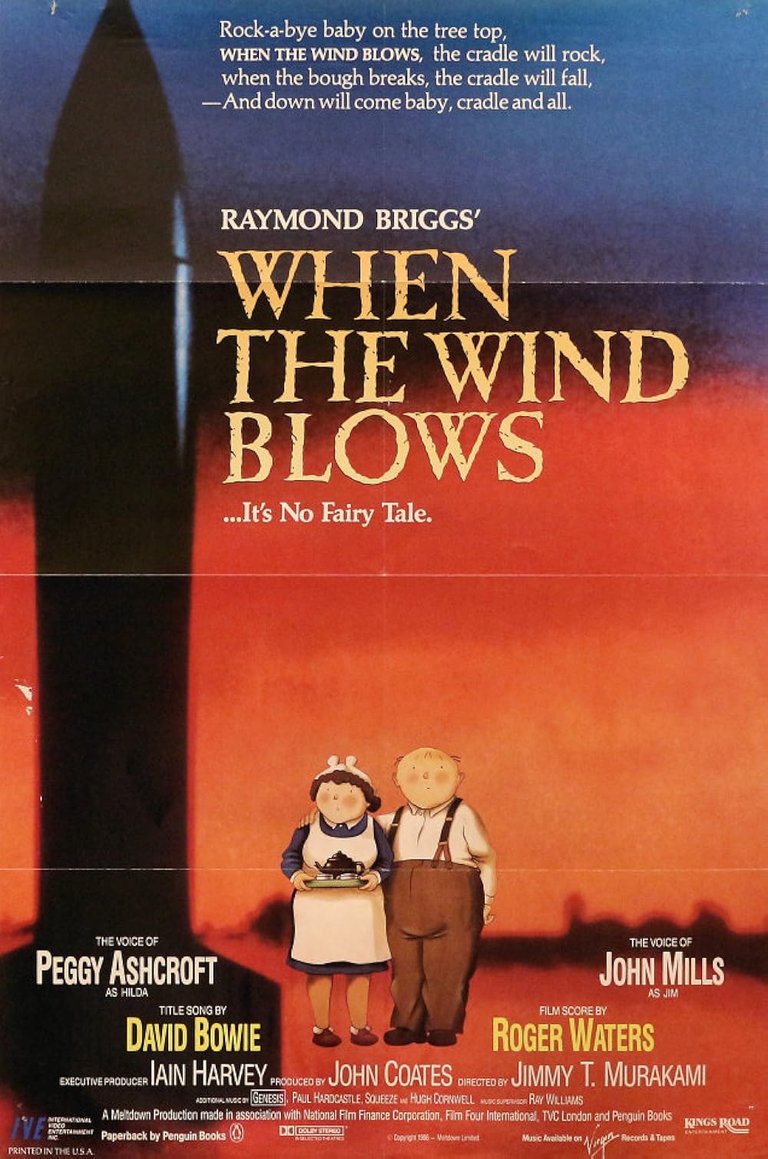
Saludos, después de tantos años, esa herida está abierta y cobra más fuerza en estas circunstancias que vive el mundo, que coquetea con una guerra nuclear, es válido llegar a las nuevas generaciones con estos productos audiovisuales, para evitar que la historia se repita